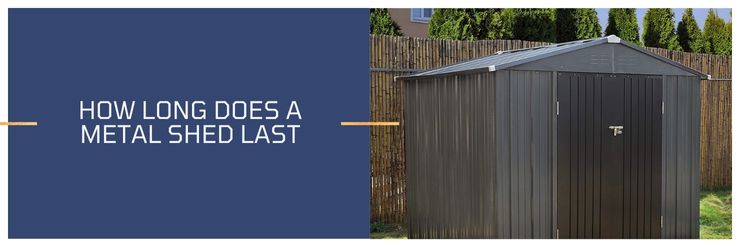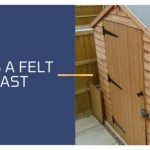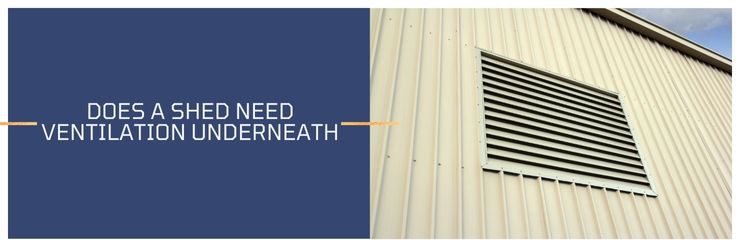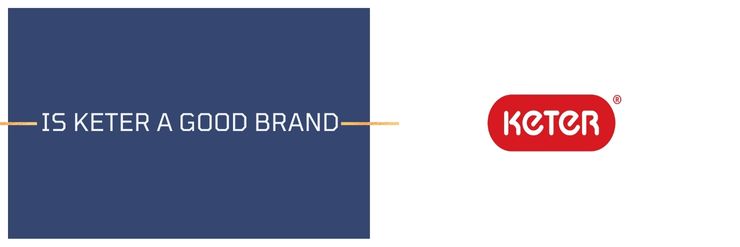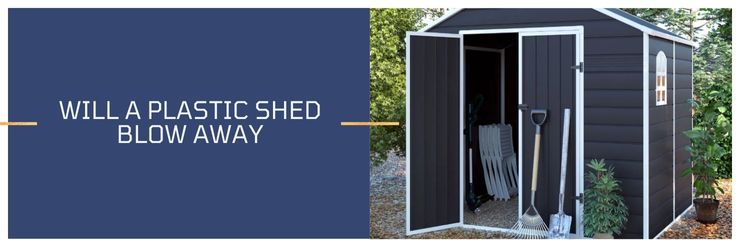Metal is one of the most popular materials for sheds because it is durable and low maintenance. Some people worry that metal will rust over time and not last as long as other materials. So, how long does a metal shed last?
On average, a metal shed will last anywhere from 5 to 10 years. The lifespan of a metal shed depends on the quality of materials, the location and environment, and how well the shed is maintained.
One thing to keep in mind is that metal sheds are not impervious to rust. Rust can occur over time, particularly if the shed is exposed to moisture or humid conditions.
However, there are some things you can do to prevent rust and extend the life of your shed. Read on to find out everything you need to know about metal sheds!
How Long Does a Metal Shed Last
Metal sheds are made from galvanized steel, which is a type of steel that has been treated with a coating of zinc to help protect it from corrosion and rust.
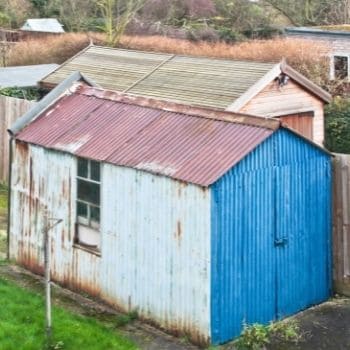
This makes metal sheds an ideal choice for those who want an affordable shed that requires little maintenance.
Metal sheds also have the advantage of being fire-resistant and termite-proof. However, even galvanized steel will eventually succumb to the elements.
If you live in an area with high humidity or salty air, your metal shed may not last as long as it would in a drier climate.
In general, metal sheds can last around 5-10 years with proper care and maintenance. Some may last over 15 years if they are made from high-quality steel and have further protection.
What Kind of Maintenance Does a Metal Shed Require
To help your metal shed last as long as possible, it’s important to give it some basic TLC. First, keep the area around your shed clear of debris and weeds. This will help prevent moisture and pests from getting into the shed and causing damage.
You should also regularly check the shed for any signs of rust or corrosion. If you catch these problems early, you can treat them with rust-resistant paint or primer.
It’s also a good idea to apply a fresh coat of paint every few years to help keep your metal shed looking its best.
Be sure to use a paint that is specifically designed for use on galvanized steel. Acrylic paint is a good option.
When it comes to cleaning your metal shed, avoid using harsh chemicals or abrasive scrubbers. Instead, opt for a mild soap and water solution.
You can also use a pressure washer on low settings to remove any dirt or grime that has built up over time.
What Metal Sheds Are Not Good For
Despite their many benefits, metal sheds do have a few drawbacks. One of the biggest downsides is that they are not as good at insulating against heat and cold as other materials like wood. This means that metal sheds can get uncomfortably hot in the summer and very cold in the winter.
Metal sheds also tend to be less aesthetically pleasing than other types of sheds. They are often seen as being too industrial looking for many people’s taste.
Finally, metal sheds can be hard to assemble and customize. If you plan on moving your shed around often or making changes to the inside, a metal shed may not be the best choice for you.
What Type of Shed Lasts Longest
If you want a shed that will last for over 20 years, you may want to consider investing in a vinyl shed. Vinyl sheds are made from PVC, which is a heavy-duty plastic. They are incredibly durable and can withstand all types of weather conditions.
Vinyl sheds are also low-maintenance and easy to clean. And, unlike metal sheds, they will never rust or corrode.
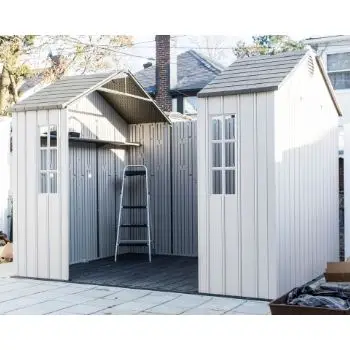
However, metal sheds are more affordable than vinyl sheds. And, while they may not last as long, metal sheds are still a good option for those who want an inexpensive shed that requires little upkeep.
Alternatively, you may want a resin shed. Resin sheds are made from a plastic material that is designed to resist UV rays, rot, and pests. They are also easy to maintain and customize.
What Can I do to Make a Metal Shed Last Longer
In addition to regular maintenance, you should also take steps to protect your metal shed from the elements.
1. Insulation
Insulation will help to regulate the temperature inside your shed, making it more comfortable to use year-round. In the winter, insulation will keep the heat in, and in the summer, it will keep the heat out.
There are three types of insulation you can use in your metal shed: fiberglass batts, rigid foam boards, and spray foam.
Fiberglass batts are the most common type of insulation. They come in rolls that are easy to install. Fiberglass batts are made from glass fibers that are woven together and then sprayed with a binding agent. The resulting material is lightweight and effective at trapping heat.
Rigid foam boards are made from a variety of materials, including polystyrene, polyurethane, and polyisocyanurate. Rigid foam boards are very effective at trapping heat, but they can be difficult to install.
Spray foam is the most expensive type of insulation but also the most effective. It’s made from a mixture of chemicals that are sprayed onto the metal surface.
When the chemicals react, they expand and create a thick foam that effectively seals off all gaps and cracks.
2. Ventilation
Good ventilation will help to prevent the build-up of condensation, which can cause the metal to rust. To ventilate a metal shed, you should install a combination of soffit vents, gable vents, and ridge vents.
Soffit vents are installed under the eaves of the shed and allow air to flow into the shed. Gable vents are installed in the gables (the triangular area at the top of the shed walls) and allow hot air to escape. Ridge vents are installed along the length of the shed roof and allow hot air to rise and escape.
3. Paint
Paint protects the metal from the elements and helps to prevent rust. If you live in an area with high humidity, you should use paint that is designed for use in humid climates.
Also, be sure to use a rust-resistant primer before painting the shed. This will help to prevent rust from forming on the metal surface.
4. Cover
Whenever possible, you should cover your metal shed when it’s not in use. A tarp or shed cover will protect the shed from rain, snow, and UV rays.
A better option is to build a shed enclosure. A shed enclosure is a frame that is built around the shed and covered with a weather-resistant material.
5. Foundation
The foundation of your shed plays a critical role in its longevity. A well-built shed will be sitting on a level surface that is firm and stable. The most common type of foundation for a metal shed is concrete.
Concrete is durable and provides a solid foundation for your shed. If you don’t want to pour a concrete foundation, you can also use cinder blocks, gravel, or pavers.
Conclusion
How long does a metal shed last? As long as you take care of it, metal sheds can last for a very long time. Metal is a durable material that can withstand the elements and regular wear and tear. With proper maintenance, your metal shed can last for decades.
To ensure that your metal shed lasts for a long time, it is important to regularly maintain it. This includes cleaning it regularly, checking for rust, and keeping it free of debris.
Additionally, you should inspect your shed regularly to ensure that it is in good condition and make repairs as needed. By taking these steps, you can help to extend the life of your metal shed.

